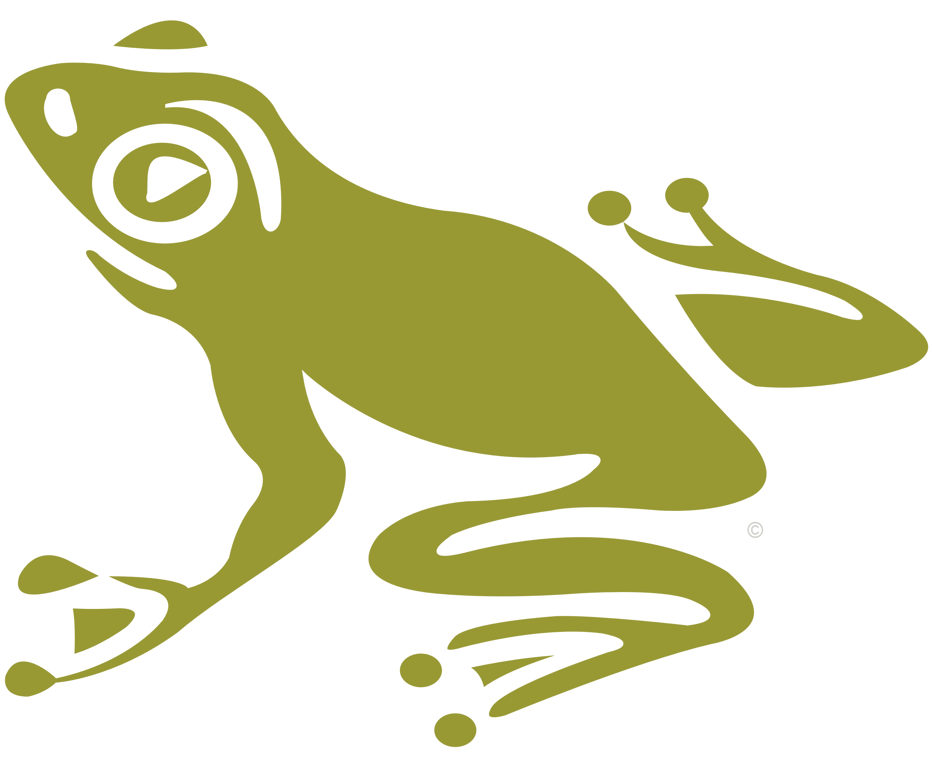Invertebrates
Mammals, amphibians, reptiles, fish and birds all have backbones. All these animals make up less than 4% of the total animals species.Over 96% of all the animal species on earth are invertebrates.
Invertebrates are cold blooded animals that do not have backbones and do not have a skeleton of bone, either internal or external. Some have fluid-filled skeletons, while others have hard exoskeletons, or outer shells.


 Fascinating Invertebrate Facts
Fascinating Invertebrate Facts Sea Geniuses
Sea Geniuses Arachnida
Arachnida